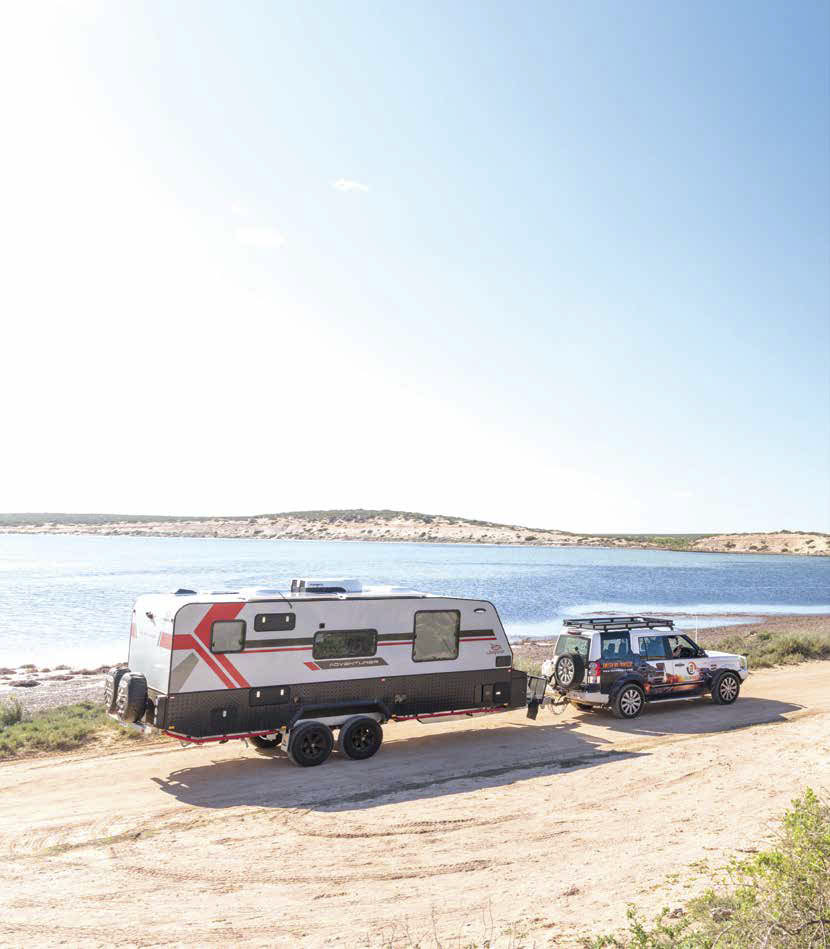
It’s true that storage isn’t an issue for many CMCA members. A survey found that a surprisingly high number of you either live and travel in your RVs permanently or you spend more than 100 nights in them each year. Lucky you.
But equally true is that not all of you are full-time nomads. Sure, many of you are retired, and therefore able to head away whenever it pleases you. Not everyone is so fortunate though. Plenty of you still hold down jobs that force you to juggle annual leave entitlements.
As winter approaches, some of you have to pack your RVs away while the rest head north to warmer climates. If you’re one of these people, read on, for there are steps to consider when storing an RV for months at a time.
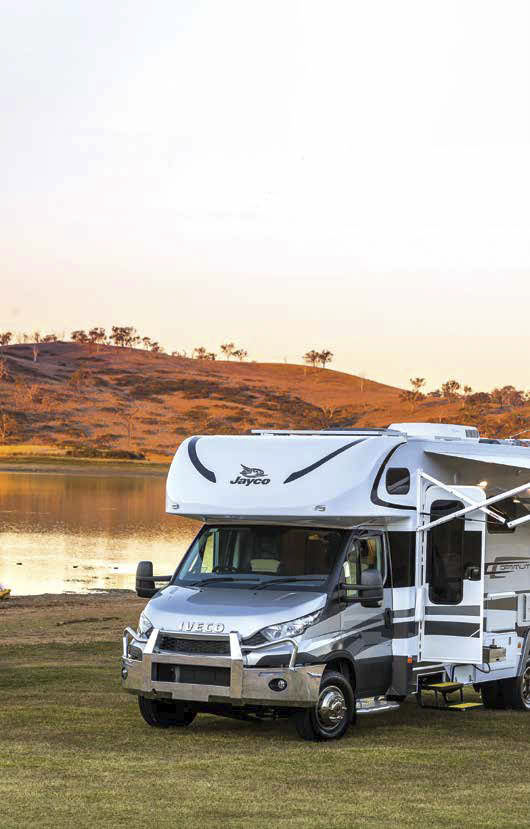
LOCATION
Before you even start to think about the inside of your RV, consider where you plan on storing it. Do you have room at home? If so, is it located on level ground? If it isn’t, water leakages could pool in one spot, giving rise to odours caused by stagnant water. Corrosive issues that are much easier to prevent than correct can also surface.
All motor vehicles are likely to last longer when they’re not exposed to the weather. Rain, hail and dust can find their way through gaps, potentially causing mould and allergy problems. And if there are gaps, rodents will almost certainly find them. Plugging those gaps with steel wool is one preventative measure that works well against mice.
Like all motor vehicles, RVs are better protected with a roof over their head. Garages and farm sheds are best, but a carport is better than having no cover at all. Even if you have storage space, is it big enough to fit your RV — something to consider before you go out and purchase a big rig.
Don’t have the luxury of a garage? Consider parking your RV at a long-term storage facility. Of course, they don’t come free so you’ll have to allow for additional storage costs in your budget. Nor do RV storage centres offer much more than a place to park it. Cleaning and maintenance will be your responsibility.
Try to think outside the square. Ask around to see if anyone has spare space to store your RV. Is there a service station or mechanical workshop that’s no longer being used? Does a friend have warehouse space big enough to fit your van?
If you’re lucky, you might find somewhere close to home, making weekend getaways that much easier. There’s a fair chance it will work out cheaper too.
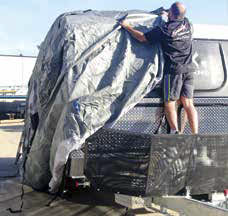
A cheap cover can get the job done
CLIMATE
Do you live in a warm or cold climate? It matters, because both situations call for different storage procedures.
Mould and bacteria are more likely to build up inside vehicles that are stored in warmer regions with high rainfall and humidity levels.
Even spreading a cover over it can inadvertently cook the inside of the van, creating an environment in which bacteria thrives. Parking a van on concrete can also add a few degrees to temperatures.
Cooler climates tend to have drier heat and better airflow, which is good for ventilation. But in cold climates, make sure antifreeze levels in the radiator are sufficient to protect against freezing at the lowest anticipated temperature.

RVs are better protected under cover
COVERS
The sun can be relentless in parts of northern Australia and we have received feedback from CMCA members living in hotter climates who recommend covering tyres to lengthen the lifetime of the rubber. They’ve also suggested placing screens over windows so that the sun can’t cause discolouration in linen, upholstery and benchtops. Wet weather can be equally damaging. One member recalled how COVID-19 restrictions didn’t allow him to use his slide-on during an abnormally wet Sydney winter in 2020. It was parked uncovered for months, during which time rot and mould inevitably gathered. Lesson learned — he bought an $80 cover for the next time it’s left idle and is hoping it will do the job.
As some owners have found, price doesn’t necessarily equate to quality. A cheap cover may last as long as an expensive one, though it’s highly unlikely. Some can be custom-made to fit your motorhome, campervan, caravan or camper trailer. Most come in standard sizes though.
There are covers with five-year warranties, but with hefty price tags to boot. Others in the $250-800 range may last up to two years before showing wear and tear. Warranties range from three to four years, regardless of price.
One issue you may only learn through trial and error is whether a cover will rub against the bodywork and affect the paint job through contact and wind movement. It may not be so much of a concern on custom-fitted covers, but on standard-sized manufactured covers some extra internal padding may help.
On the subject of wind, make sure covers are tied down securely to withstand strong winds in cyclone-prone areas.
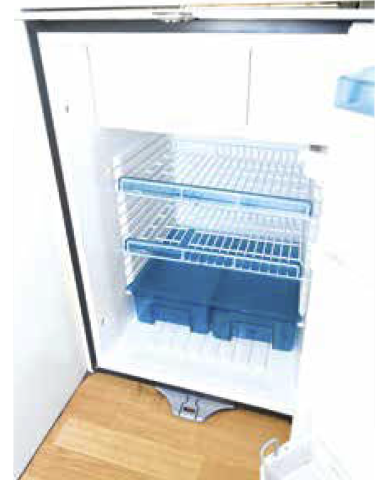
Remove all perishable food items from fridges
CLEANING
The first job to do when packing your RV away is to give it a thorough clean. Treat it like you would if you were vacating your home for a while. Remove all perishable food items from cupboards and fridges that will leave lingering odours once they pass use-by dates.
Crumbs on floors and benches will attract insects and rodents so wipe and mop them well. Look for gaps and holes that both types of critters might use to enter your RV and seal them well.
On a more practical level, dirt and stains are more easily removed when they’re fresh, so save yourself time and effort sooner rather than later.
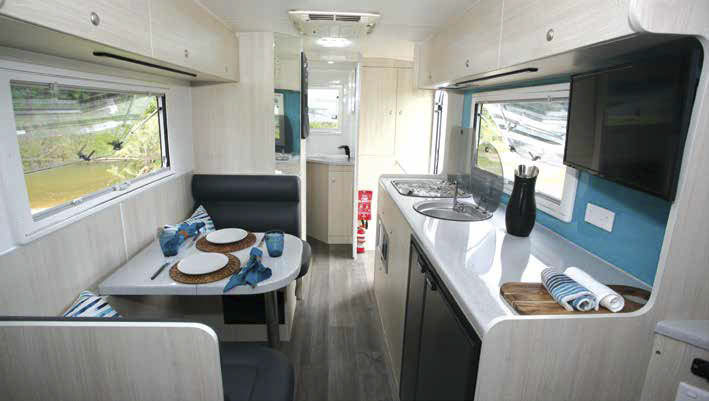
Carry out a spring clean prior to storage time
VENTILATION
Open roof hatches to allow ventilation through the van and reduce the chances of mould from developing.
After cleaning out the fridge, defrost the freezer and wipe it dry, leaving the door slightly ajar. Reduce the chances of mould building up by opening all cupboards and ensuite doors.
With toilet cassettes, leave lids and flaps ajar so pressure can’t build up on hot days. It’s important to clean and lubricate the toilet cassette.
In tropical climates, consider keeping a dehumidifier inside the van whenever it is not being used.
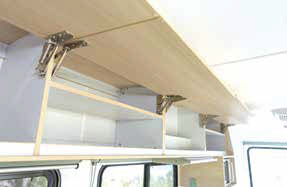
Cupboards should be cleaned out, too
BATTERIES
Batteries run best when they’re continually in use. Leave them idle and they’ll inevitably go flat. Engine batteries need to be recharged periodically and the best way to do that is to start the motor occasionally and either let it run for a while. Even better? Take it for a drive.
Pay attention to the house battery, first by switching off anything that might drain it. Next, try to arrange some method of charging the battery from time to time. If solar panels are fitted, that’s fairly easy.
If you have deep cell lead acid batteries, disconnect them to prevent maximum discharge. Ideally, the batteries should be removed and stored indoors. When they are left in the vehicle, the state of charge of all batteries must be checked regularly in areas where temperatures dip below freezing (batteries flatten quicker in cold weather).
A battery will discharge by itself in time. Since the discharge time varies with temperature, battery age and other conditions, batteries should be checked roughly every two weeks. If you have access to power, connect the battery to a timer for an hour each day to keep it topped up. Or you can always replace them with longer lasting, rechargeable lithium ion batteries.
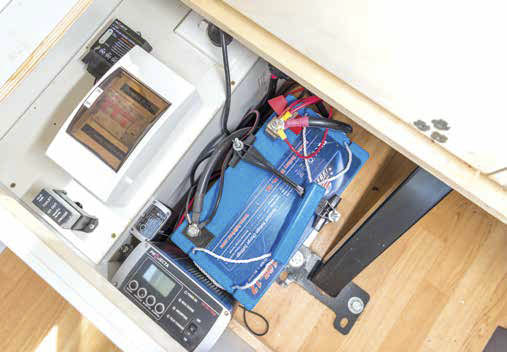
If batteries are left idle they will inevitably go flat
FUEL TANKS
Motorhome experts suggest topping up diesel tanks rather than leaving them empty, to minimise internal condensation. In cold climates, use winter diesel that includes an antifreeze agent.
PLUMBING
There has been plenty of debate around whether it’s better to fill or drain water tanks completely. As the following two examples indicate, solutions can vary. What works for you may be a case of trial and error.
One member suggests the following:
Cassette toilets – If using a deodorising tablet such as Odour- B-Gone, place half a white tablet, or a full eight-gram blue tablet, in the bottom cassette with plenty of water (to avoid evaporation). Being oxygen-based, the tablet should kill any bacteria. Leaving the cassette empty and open will allow air to flow through, but not enough.
Holding tanks – Drop a full white tablet of Odour-B-Gone into holding tanks, along with plenty of water. Smear olive oil, a silicon spray or marine grease around the O-ring seal. Never use Vaseline (see below for explanation). Don’t confuse the holding tank with the cassette toilet either. The holding tank is a fixed tank that can hold anything from 50 litres to more than 3000 litres. Cassettes, on the other hand, are usually between 10-21 litres.
Grey water tank – Empty the grey water tank and flush it out using clean water. Half fill it with clean water, add an Odour-B-Gone white tablet, and then leave it. Bacteria will build up if you leave this tank empty, allowing nasty odours to formulate.
Freshwater tank – While travelling, mixing different water can taint the tank. For every 80 litres of water, add one dessert spoon full of nontoxic Epsom salts to sweeten the water. Before storing the vehicle, wash the tank out with sodium bicarbonate, an affordable solution that is also non-toxic and, therefore, safe to use. Half fill the tank with water thereafter. It won’t matter if some sodium residue is left in the tank as this product is added to many of the foods that we already eat.
An important note — all of these units have O-ring seals requiring lubrication. Avoid using Vaseline. Foreign matter such as paper tends to stick to it, creating odorous bacteria.

There is debate around whether water tanks should be filled or drained
Another member suggests taking these steps:
In climates subject to frost, sooner or later, frozen copper pipes and brass fittings will crack. There are no exceptions. Fill all RV water tanks then disconnect the system from mains supply at the valve. Disconnect the water pump at the power switch. Open taps to minimise pressure in pipes.
Connect an air compressor to the mains supply inlet using a tubeless tyre value, a short length of hose, and a hose quick coupler. Two hose clamps are required. Open several taps. Turn compressor on for a couple of seconds. Wait until only air exhausts from each tap. Repeat the compressor cycle until only air exhausts from every tap — hot and cold, including the drawbar tap. Leave all taps open at least a quarter of a turn. Allow water to backflow out of water inlet.
Before your next trip, add 10 to 20ml of household bleach to each tank to clean it. Run the water/bleach mix though each tap then drain the tanks before use.
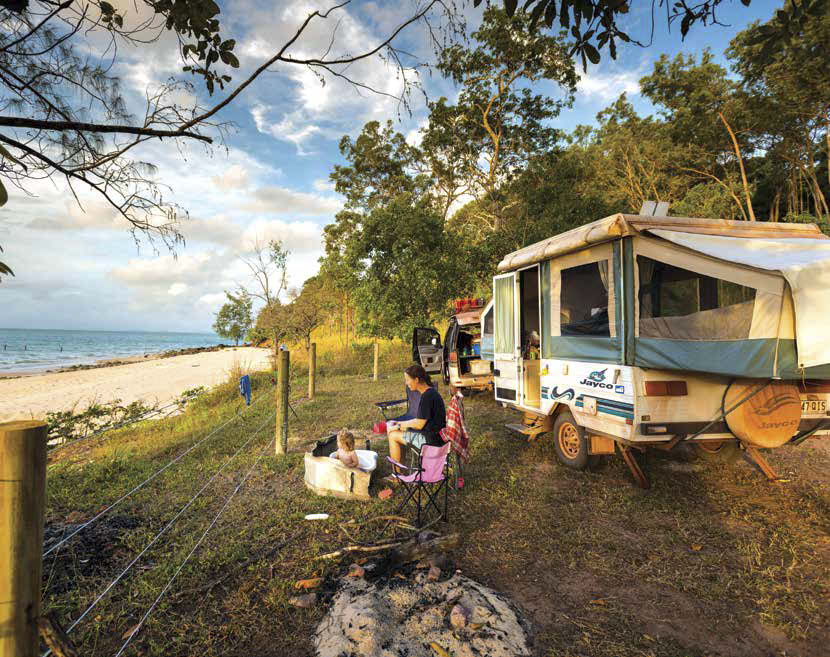
Making your RV your primary mode of transport can solve storage-related ageing
HEATERS
Like fuel tanks, experts recommend filling diesel heaters to minimise internal condensation. And just like water tanks, it is advisable to drain water heaters. Also, turn thermostats to the ‘OFF’ position.
MAINTENANCE
During downtimes while RVs are idle, it’s a good idea to make a todo list of any minor maintenance and routine service jobs and get started on it straight away. It’s amazing how easy it can be to forget tasks when they’re not front of mind.
If you’re planning an extended lay-up then it’s not a bad idea to inspect both the interior and exterior, including difficult-to-spot water leak issues if you’re not storing your RV under cover.
Wash the outside before you store the vehicle. After washing, carefully inspect the seams and caulking around window frames, vents and other joints that may have separated. Also inspect weather seals around doors and windows, and lubricate all hinges and outdoor locks.
Having your RV serviced yearly reduces the chance of anything going wrong when you’re hitting the road, especially when it has been unused for long periods of time. It will save you money and hassles in the long run. Also decide whether the starter battery needs a trickle charge occasionally.

Make a to-do list of any maintenance
SQUATTERS
If your RV has been idle for a few months, be sure to check for unwelcome guests under the bonnet before you start the engine. We have heard about multiple incidents concerning snakes and rats making new homes in engine bays.
USE IT
Mechanical equipment is designed to be used so long-term storage will actually age vehicles quicker than continual use. One way around this is to join a local chapter so you use your RV every month.
Of course, making your RV your primary mode of transport solves the problem of vehicles ageing due to non-use, especially with smaller sized campervans that are more practical for driving around town. It can also cut down on registration, insurance and storage costs, and minimise hassles like having to keep batteries charged.
Every day your RV is locked away is another day of depreciating value. Plus, you’ve got a bed and kitchen whenever you need it. The downsides are that it may be less manoeuvrable, and fuel costs may increase.
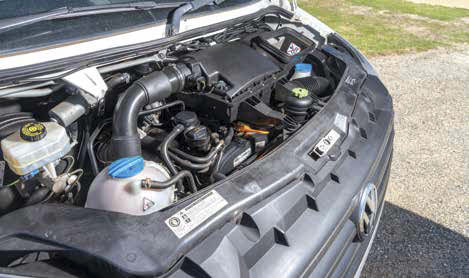
Long-term storage can be more detrimental to vehicles than continual use
RENT IT
For many years, RVs were under-utilised assets that slowly depreciated when they weren’t being used. But did you know that you can make money from your RV by renting it out to people who want to try the lifestyle for a weekend or longer?
Websites are brimming with RVs that are available as short-term rentals. You set the price and minimum rental timeframes, and you can block out periods when you plan on using the vehicle yourself. This way, your RV becomes an income earning asset with a potentially high return on investment. And it solves issues created by not using your RV. Be sure to check all insurance information regarding this.
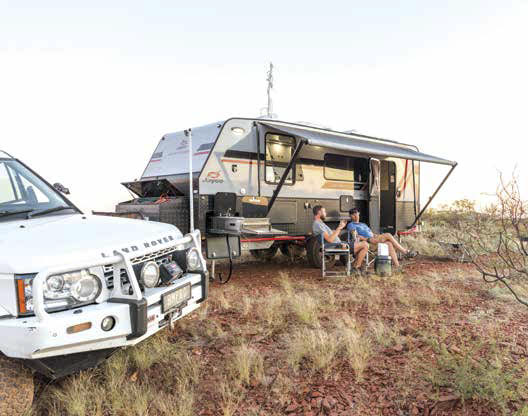
Would you consider renting out your RV?
Category: Features
Written: Tue 01 Mar 2022
Printed: March, 2022
Published By: